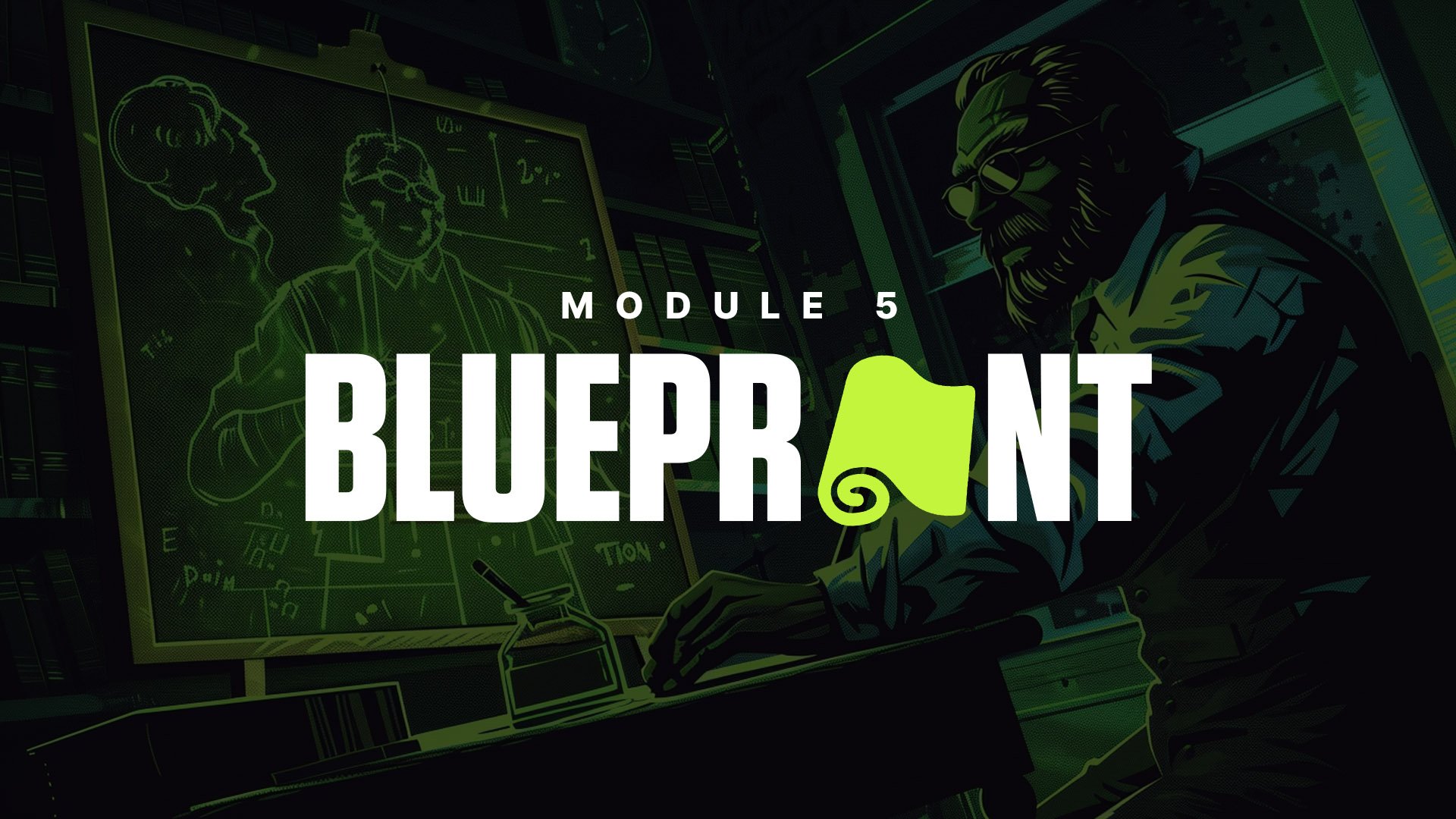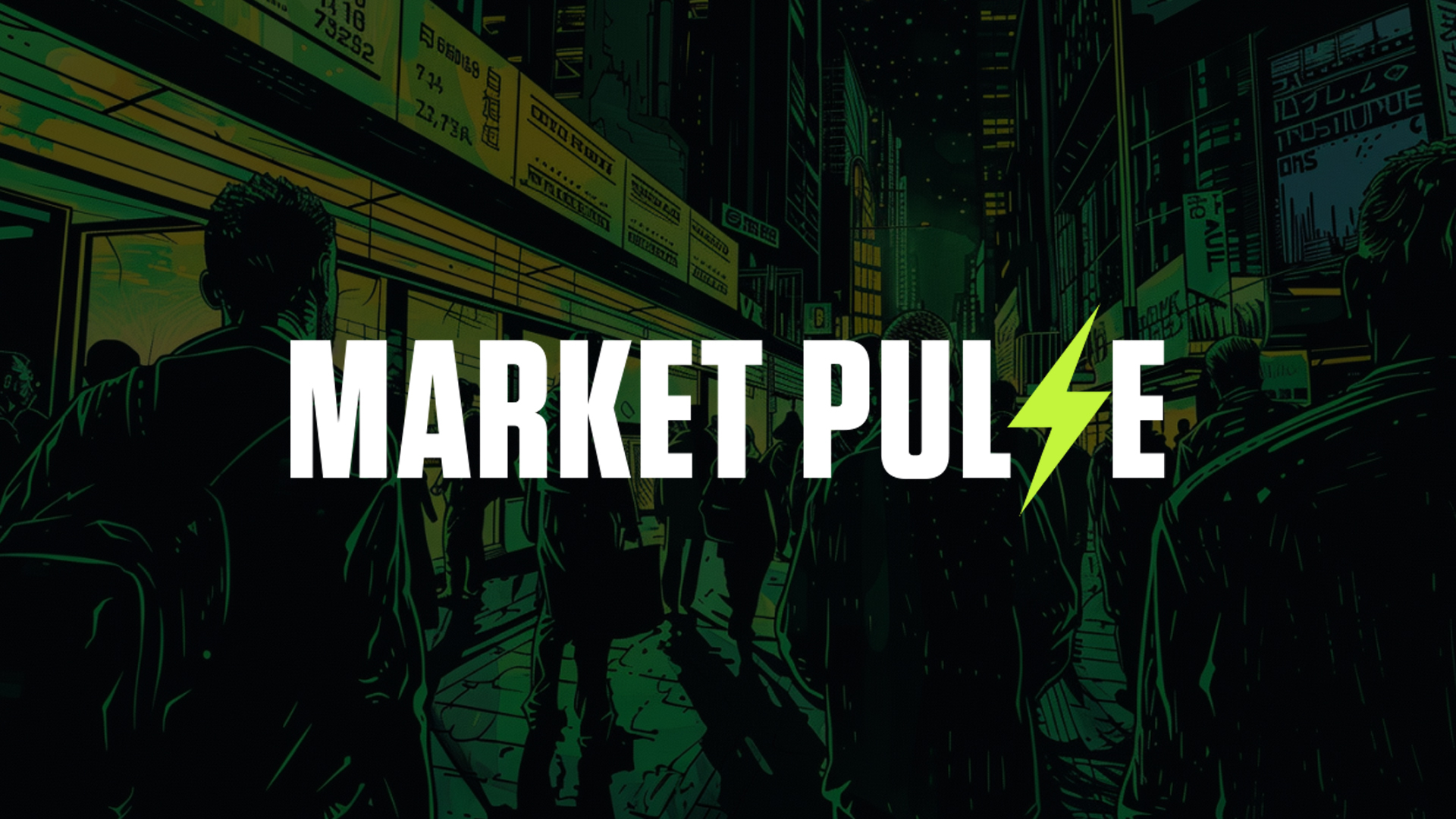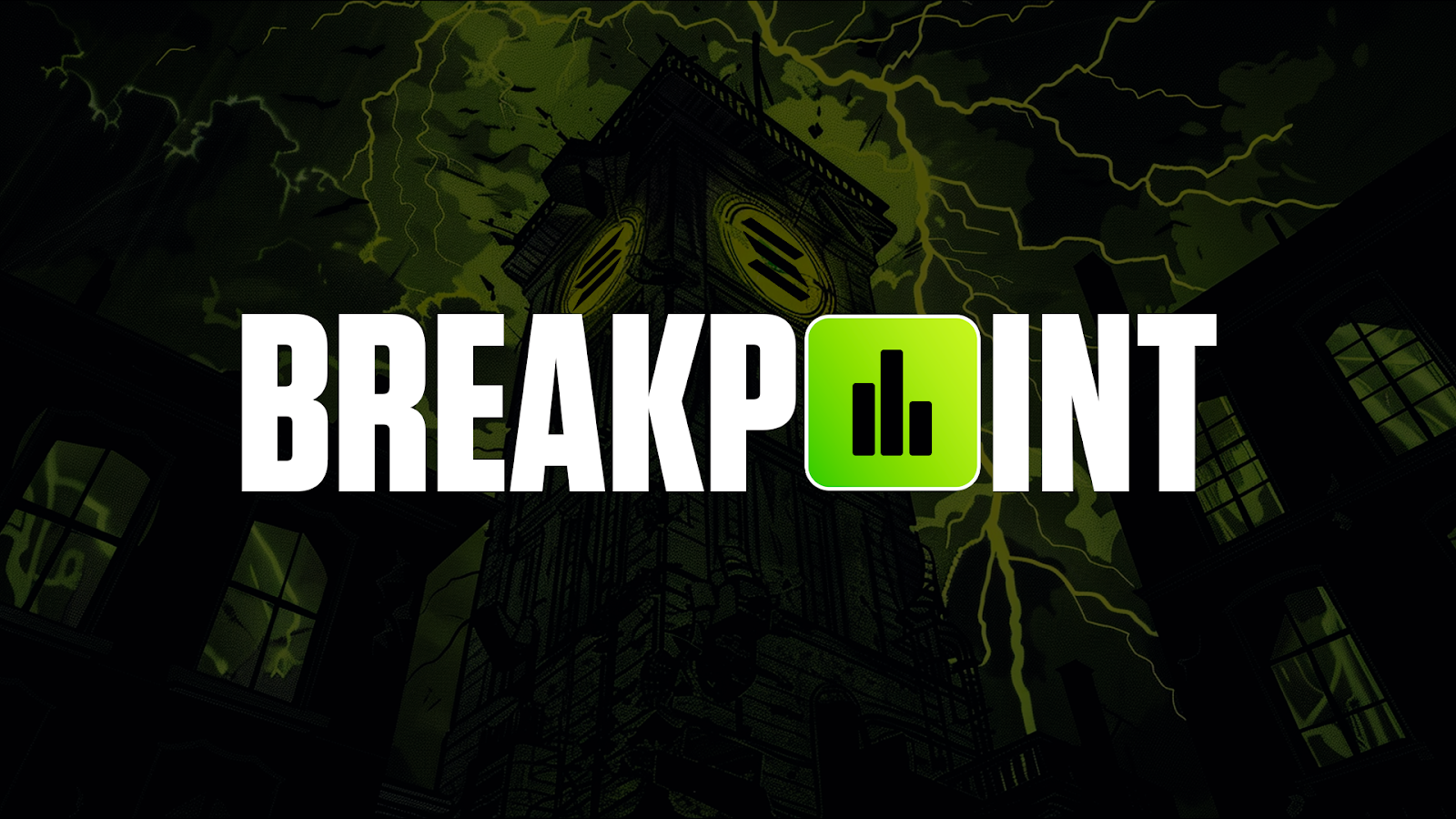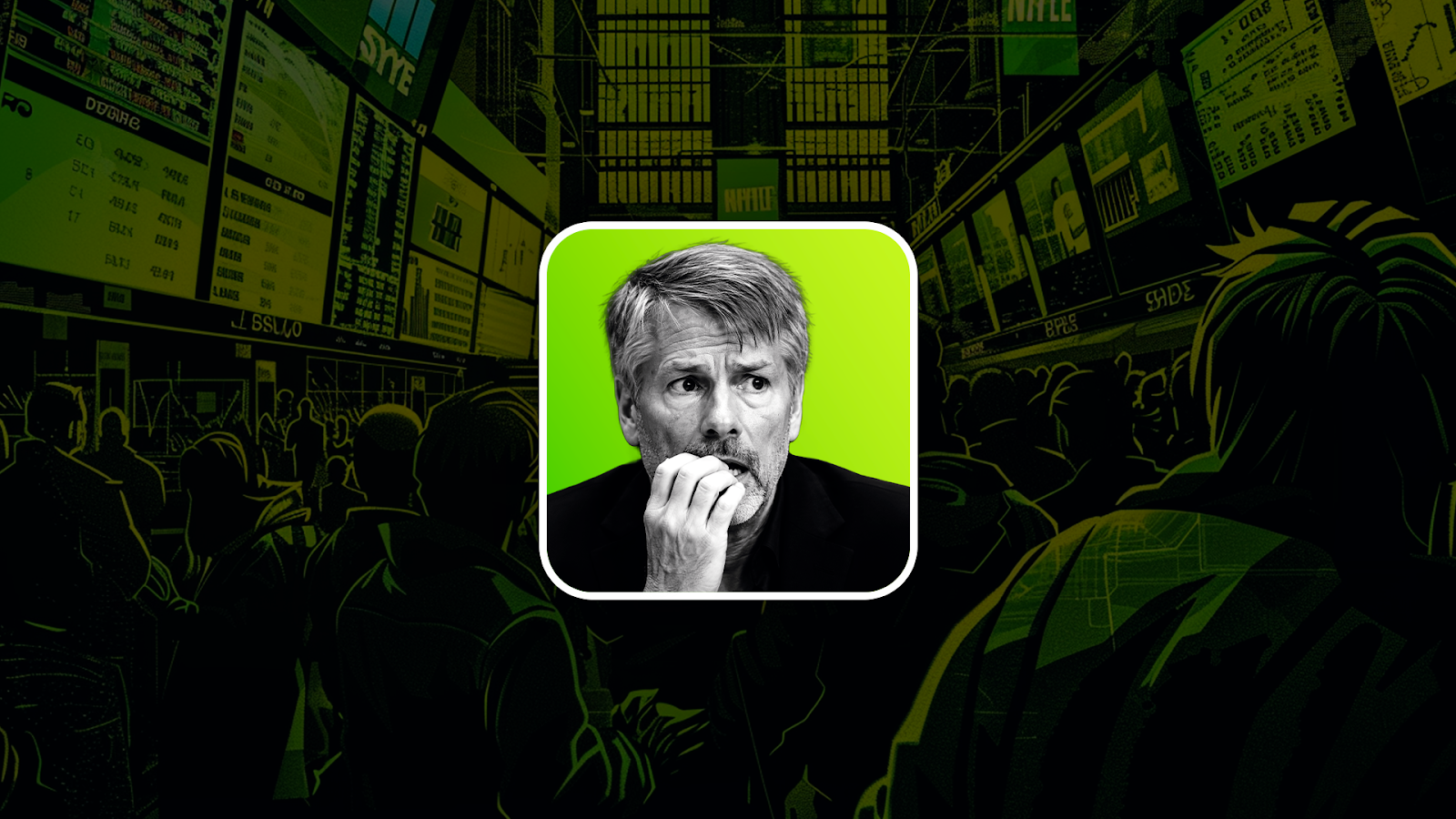
What is a Layer 1 (L1)?
Layer 1 (L1) refers to a simple base blockchain network, e.g. Bitcoin, Ethereum or Solana. They’re called Layer 1s because they’re the base networks within their ecosystem. Protocols and applications can be built on top of the Layer 1.L1s process and store transactions. They have their own native tokens, usually used to pay transaction fees. They are validated or secured by consensus mechanisms like Proof of Work (PoW), Proof of Stake (PoS), and Proof of History (PoH). (Learn more about these in Module 4).
Bitcoin
Bitcoin is a Layer 1 blockchain that is extremely difficult (borderline impossible) to manipulate. (This is because of the need for a 51% attack and the high cost of BTC). Transactions that have already happened cannot be changed. It is an alternative store of value that is decentralised and outside the traditional financial system.Bitcoin was not designed to be scalable. This means that as more people used the network, it became slower, more expensive and unsuitable for small, everyday purchases.
Layer 1s' and Smart Contracts
Thanks to smart contracts, developers can build decentralised apps (dApps) and protocols on top of Layer 1s. A L1 is like the internet and the DApps, the websites.L1s are the Base Layer, and the Application Layer is built on top. Think Synthetix (an app) built on Ethereum (L1).
Ethereum was the first Layer 1 to implement smart contracts. Many other L1s have followed suit.
Ethereum
Ethereum is an open-source, decentralised Layer 1 blockchain platform. It facilitates transactions, smart contracts and decentralised applications (dApps). The innovation and versatility of Ethereum paved the way for decentralised finance (DeFi) as we know it today.Countless decentralised applications run on Ethereum. Use cases range from finance and gaming to art and collectables. DApps are at the core of DeFi, and the possibilities for innovation and use cases are endless.
Ether (ETH) is the native token of Ethereum. ETH is the fuel that powers the entire Ethereum network. It is used to pay for transactions. (Learn more about Ethereum in Module 7).
Solana
Solana is a smart contract-based Layer 1 blockchain. It’s designed to host decentralised applications. Solana aims to solve the speed, cost, and scalability problems other blockchains (such as Ethereum) face.What are Layer 2s?
A Layer 2 (L2) is an additional layer that settles on top of the Layer 1 (L1). It improves scalability whilst benefiting from the Layer 1’s security.Most L2s are ‘scaling solutions’ created to solve scalability issues. Improving the scalability of L1s has proven difficult. As more users joined Ethereum, for example, its efficiency declined. (Transaction times and fees increased as the network became congested). L2 scaling solutions aim to improve the main (L1) blockchain’s scalability without altering its structure.
Improving the scalability of L1s must be achieved without reducing the blockchain’s decentralisation and security.
The additional L2 framework processes transactions independently of the main blockchain. Proof that these transactions happened is then posted periodically back to the L1 blockchain and stored permanently there.
The first layer (L1) provides security, and the second layer (L2) increases scalability. The L2 reduces the main blockchain’s load while maintaining roughly the same security.
The Lightning Network
To improve scalability, developers created The Lightning Network, a second layer for Bitcoin that complements the main blockchain network. The Lightning Network brought what’s known as smart contracts to Bitcoin. (Smart contracts are agreements written in computer code. They are stored on the blockchain so they can be tracked and authenticated.)The Lightning Network handles transactions outside of the main Bitcoin chain. This improves Bitcoin’s capability to process more transactions more quickly and cheaply. Only the initial deposit and final withdrawal from the Lightning Network are recorded on the Bitcoin ledger.
Optimism & Arbitrum
Arbitrum and Optimism are scaling solutions that make Ethereum faster and cheaper (more scalable). By offering low-cost fees for interacting with Ethereum-based protocols (i.e. Uniswap), they are improving the overall DeFi (decentralised finance) user experience.In short, with Optimism, transactions are sent to another layer to be processed. The processed data is sent back to Ethereum to be stored. Optimism inherits Ethereum’s security while allowing more transactions to be processed faster.
Arbitrum acts as a bridge for the Ethereum ecosystem. Users can deposit and withdraw assets with faster transactions and cheaper fees.
Zero-knowledge proofs (ZK-proofs)
Zero-knowledge (ZK)proofs are a type of cryptography that allows something to be proven without actually revealing the information that proves it. They help to add both privacy and scalability to blockchains like Ethereum.A zero-knowledge proof allows one party to prove to another party that a statement is true without providing any additional information other than the fact that the statement is true.
Zero-knowledge requirements:
- If the statement is true, an honest “prover” will convince the honest “verifier” that the statement is true.
- If the statement is false, a dishonest prover would be unable to convince the honest verifier that the statement is true.
- If the statement is true, the verifier should not know anything other than the fact that the statement is true.
Tom shuffles the deck of cards and tells Alice to choose a card. Alice picks a random card, without looking, from the deck Tom is holding and gets a red card.
Alice has to convince Bob she got a red card without showing Bob the card she got. To do this, she tells Tom to show Bob only the 26 black cards he still has in the deck. Seeing the 26 cards, Bob agrees that Alice has a red card and is convinced. Alice has just given Bob zero-knowledge proof of her picking up a red card without actually showing him she got a red card.
What is a Layer 0 (L0)?
A Layer 0 is a foundation layer on which other Layer 1 blockchains can be built on top of. Think of a Layer 0 like the foundations of a city - the ground on which things can be built.Note that Layer 1s can be built without Layer 0s. For example, Ethereum and Solana are Layer 1s with no Layer 0.
Polkadot
Creating a blockchain from scratch and ensuring it’s secure is one of the toughest jobs in crypto.Polkadot has the answer to this pain point: build your own Layer 1 (L1) and benefit from a shared security system.
And right now, communication between different blockchains is difficult. Polkadot also aims to solve this problem.
Polkadot is a network of interoperable (compatible), customisable blockchains. No single blockchain has the perfect design to suit every possible use case. No “one size fits all” exists. Applications built on conventional blockchains, such as Ethereum, are built within the rules and constraints of that blockchain.
Polkadot is attempting to build a community of blockchains that all share the same network while achieving different goals. Any project can create a specialised blockchain that suits its needs while having a seamless link to other blockchains on the Polkadot network and other external ecosystems like Ethereum.
New blockchains built on Polkadot (Layer 0) benefit from its security and speed while being completely customisable to achieve different goals.
These blockchains run parallel with one another and use Polkadot’s security as their base. This is why Polkadot is known as the ‘internet of blockchains.’ Each new L1 chain built on Polkadot’s L0 has a unique selling point and purpose, like websites built on the internet.
Cosmos
Cosmos is self-described as a network of decentralised, independent, scalable, and interoperable blockchains. Each blockchain created using the Cosmos infrastructure is completely customisable for specific use cases. Each blockchain is also connected to all other chains on the network. In this sense, Cosmos is, like Polkadot, an “internet of blockchains”.Cosmos and Polkadot were among the first projects to seriously consider solutions to the lack of communication between different blockchains. We discuss cross-chain communication in detail in Module 11.
By exploring the layers of blockchain technology, we've uncovered their important roles and functionalities, as well as their significance in the blockchain ecosystem's scalability, security, and efficiency.
Continue reading by joining Cryptonary Pro
$997/year
Get everything you need to actively manage your portfolio and stay ahead. Ideal for investors seeking regular guidance and access to tools that help make informed decisions.
For your security, all orders are processed on a secured server.
As a Cryptonary Pro subscriber, you also get:
3X Value Guarantee - If cumulative documented upside does not reach 300% during your 12-month membership, you can request a full refund.
24/7 access to experts with 50+ years’ experience
All of our top token picks for 2025
Our latest memecoins pick with 50X potential
On hand technical analysis on any token of your choice
Weekly livestreams & ask us anything with the team
Daily insights on Macro, Mechanics, and On-chain
Curated list of top upcoming airdrops (free money)
3X Value Guarantee
If cumulative documented upside does not reach 300% during your 12-month membership, you can request a full refund.
Our track record speaks for itself
With over 2.4M tokens and widespread misinformation in crypto, we cut through the noise and consistently find winning assets.
Our track record speaks for itself
With over 2.4M tokens and widespread misinformation in crypto, we cut
through the noise and consistently find winning assets.
Frequently Asked Questions
Can I trust Cryptonary's calls?
Yes. We've consistently identified winners across multiple cycles. Bitcoin under $1,000, Ethereum under $70, Solana under $10, WIF from $0.003 to $5, PopCat from $0.004 to $2, SPX blasting past $1.70, and our latest pick has already 200X'd since June 2025. Everything is timestamped and public record.
Do I need to be an experienced trader or investor to benefit?
No. When we founded Cryptonary in 2017 the market was new to everyone. We intentionally created content that was easy to understand and actionable. That foundational principle is the crux of Cryptonary. Taking complex ideas and opportunities and presenting them in a way a 10 year old could understand.
What makes Cryptonary different from free crypto content on YouTube or Twitter?
Signal vs noise. We filter out 99.9% of garbage projects, provide data backed analysis, and have a proven track record of finding winners. Not to mention since Cryptonary's inception in 2017 we have never taken investment, sponsorship or partnership. Compare this to pretty much everyone else, no track record, and a long list of partnerships that cloud judgements.
Why is there no trial or refund policy?
We share highly sensitive, time-critical research. Once it's out, it can't be "returned." That's why membership is annual only. Crypto success takes time and commitment. If someone is not willing to invest 12 months into their future, there is no place for them at Cryptonary.
Do I get direct access to the Cryptonary team?
Yes. You will have 24/7 to the team that bought you BTC at $1,000, ETH at $70, and SOL at $10. Through our community chats, live Q&As, and member only channels, you can ask questions and interact directly with the team. Our team has over 50 years of combined experience which you can tap into every single day.
How often is content updated?
Daily. We provide real-time updates, weekly reports, emergency alerts, and live Q&As when the markets move fast. In crypto, the market moves fast, in Cryptonary, we move faster.
How does the 3X Value Guarantee work?
We stand behind the value of our research. If the documented upside from our published research during your 12-month membership does not exceed three times (3X) the annual subscription cost, you can request a full refund. Historical context: In every completed market cycle since 2017, cumulative documented upside has exceeded 10X this threshold.



















